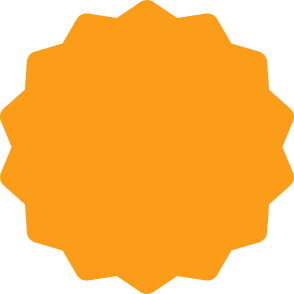What Is PUL Fabric?
PUL (Polyurethane Laminate) fabric is a specialized textile made by bonding a thin polyurethane film to a base layer of polyester knit fabric. This fusion creates a soft, flexible, and waterproof material that still retains some breathability.
Originally developed for medical use, PUL fabric has found widespread application in baby products, personal care items, and home essentials due to its unique combination of comfort and functionality.
Advantages and Disadvantages of PUL Fabric
Advantages
- Waterproof: PUL's primary benefit is its excellent waterproof quality, making it ideal for products that need to resist moisture such as diapers, changing pads, and bibs.
- Breathable: Despite being waterproof, PUL allows some air flow, which helps reduce skin irritation and discomfort.
- Flexible and Stretchable: The material is soft and slightly stretchy, allowing it to conform well to body shapes, which is especially useful in fitted garments or accessories.
- Machine Washable: PUL is easy to care for and holds up well in the washing machine, making it practical for everyday use.
- Durable: With proper care, PUL fabric can withstand multiple washes without losing its waterproof properties or structural integrity.
Disadvantages
- Heat Sensitive: Exposure to high temperatures can damage the polyurethane layer. Ironing or tumble drying on high heat can cause delamination or melting.
- Not Chemical-Resistant: Harsh detergents, bleach, or fabric softeners can degrade the waterproof coating and shorten the fabric's lifespan.
- Environmental Concerns: As a synthetic material, PUL is not biodegradable, raising concerns about its environmental impact compared to natural fabrics.
- Higher Cost: The manufacturing process is more complex than for standard fabrics, which can make PUL slightly more expensive.
What Are the Uses of PUL Fabric?
Baby and Toddler Products
PUL is widely used in making cloth diapers, diaper covers, waterproof bibs, and mattress protectors. Its gentle feel and leak-proof properties make it a safe and practical choice for sensitive baby skin.
Household and Cleaning Items
Reusable kitchen towels, changing pads, wet bags, and food-safe storage wraps are often made with PUL. These products offer a sustainable alternative to disposables, supporting eco-conscious households.
Activewear and Outdoor Gear
Thanks to its lightweight and moisture-resistant qualities, PUL is ideal for sportswear linings, swim bags, picnic blankets, and camping gear. It helps keep things dry without adding bulk or stiffness.
Medical and Hygiene Applications
In healthcare settings, PUL is used in incontinence pads, bed covers, and reusable underpads. It combines hygiene with cost-efficiency, as these items can be laundered and reused safely.
How to Care for PUL Fabric
Proper care extends the life of PUL fabric and preserves its waterproof qualities. Wash it in cold or warm water using a gentle detergent—avoid bleach, fabric softeners, and harsh chemicals.
Air drying is recommended, but if you use a dryer, keep it on a low-heat setting. Do not iron or dry clean PUL, as high temperatures and solvents can damage the polyurethane layer.
With the right care, PUL items can last for hundreds of washes without losing their effectiveness.


























